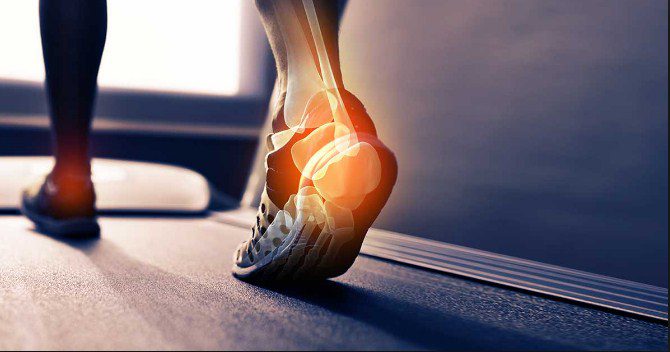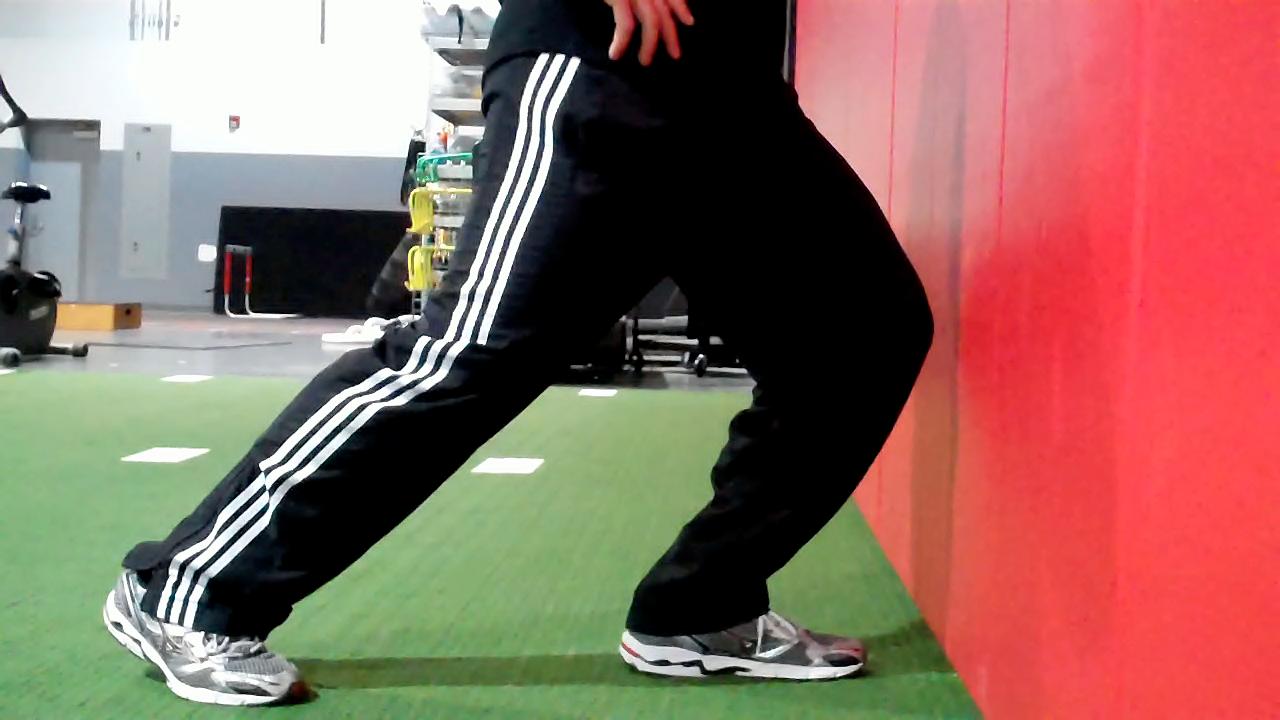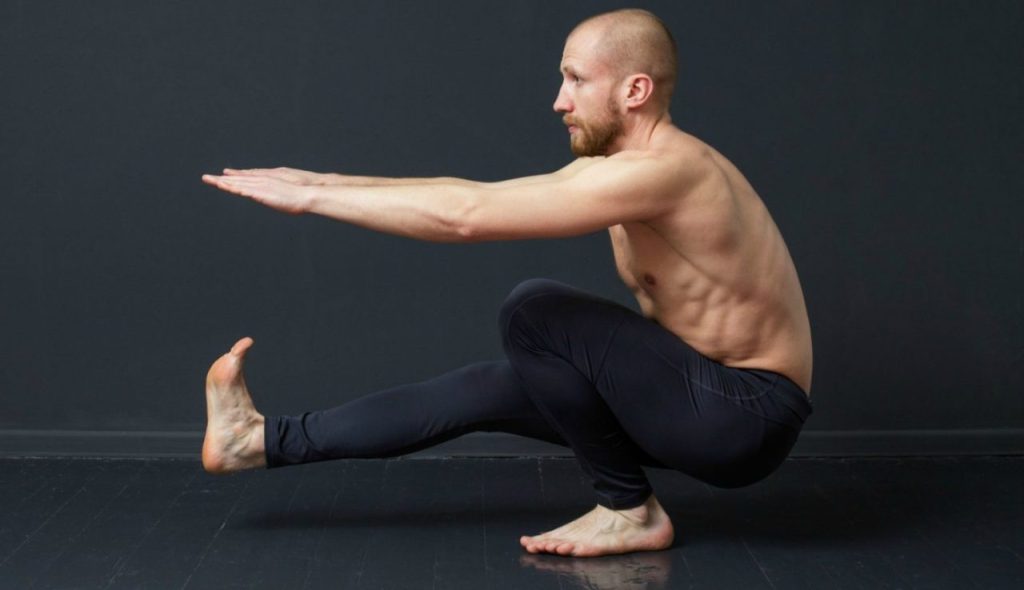A hallmark of CrossFit is the squat, and executing a good squat means needing to have a couple of things including, strength, form and— if you’ve never thought of it—ankle mobility.
What is Ankle Mobility?
Ankle mobility is the flexibility of the joint at your ankle and it’s not just meant for the squat. Good mobility means a stable foundation for your other exercises.
The ankle moves at a joint on the sagittal plane. Within that plane, there is plantar flexion (pointing toes downward) and dorsiflexion (pointing toes upward).
It’s not the first thing you may think of when it comes to getting more out of your WOD, but ankle mobility helps in a myriad of ways (We’ll get into its specific benefits later).
So just how do you go about improving your ankle mobility? Read on.
How Do You Measure Ankle Mobility?

Before you start working on your mobility, you’ll need to know where you stand—literally. There are a few ways to check your ankle mobility. Here is a couple:
- Have a friend watch you while you squat. With poor mobility, your heels will rise off the ground.
- Place a 4-inch strip of tape perpendicular to a wall. Place your foot near tape so the tips of your toes are about 4 inches from wall. Kneel on opposite leg. Try to push your knee (one closest to wall) to touch the wall without your heel coming off the ground. Move your foot back further to score your mobility’s greatest distance.
If you can touch the wall with your knee with your foot between 4 to 5 inches, you’re mobility is considered normal and non-limiting.
Why is Ankle Mobility So Important?

We touched on why ankle mobility can be helpful in CrossFit (perfecting your squat), but there are other ways good ankle mobility helps your performance.
From sprinting to lunging, ankle mobility is necessary to getting the best out of your performance. After all, you can’t sprint, lung or squat without your ankles doing some work.
But even more important, ankle mobility also helps you avoid injuries, particularly in the knees, hips and lower back.
Poor dorsiflexion (ability to point toes upward) can lead to problems in the hips and knees. Studies have even shown that poor ankle mobility is linked to a higher chance of a torn ACL.
If you’re dealing with poor ankle mobility, you’ll typically feel hamstring and lower back, but the pain can also affect the Achilles tendon.
But your ankle mobility might not be just your fault.
What Causes Poor Ankle Mobility?
Poor ankle mobility can be caused by a range of factors, but in problems with dorsiflexion typically stem from a flexibility deficit within the calf muscles.
If those muscles (called the Gastroc/Soleus complex) are tight, you won’t be able to point your toes upwards as easily.
Another cause can be ankle joint restriction. As its name implies, this is when a tight joint or scar tissue from previous injuries has restricted the joint.
An ankle sprain that didn’t heal properly can lead to that scar tissue. Also, a knee or other muscle injury has caused the athlete to change their gait or limp can tighten the ankle joint.
Causes of Poor Dorsiflexion
As mentioned above, in specific dorsiflexion problems, the trigger likely stems from problems with the calf. Flexibility may be limited and that causes poor dorsiflexion.
For women, the calf may have even been weakened due to wearing high heels.
But in most cases, poor dorsiflexion comes from previous injuries.
Ankle Dorsiflexion
We know what ankle dorsiflexion looks like, but what exactly are the moving parts of that mobility? There are many muscles, but we’ll look at the major players.
Tibialsi anterior
- Muscle on front of leg
- Responsible for pulling the top of the foot toward shin
Ankle Plantar Flexion

In plantar flexion, there are three main muscles working to stretch the toes downward.
Gastrocnemius
- A calf muscle
Soleus
- Also a calf muscle in the lower back part of leg
Plantaris
- Thin muscle that runs behind knee to Achilles
Exercises to Improve Ankle Mobility
Here are a few exercises to start working on your ankle mobility.
Foam Rolling
- This is for working out tight muscles. Do not roll over injuries.
- Take a hard roller and place it beneath the ankle while sitting with legs in front of you. Roll the calf and Achilles’ tendon for 1 minute.
Heel Raises
- Place your toes on a slightly higher surface (even a couple of weight plates will work). Stand tall and then bend knees. Repeat for several repetitions.
Calf Raises
- Same as above but rising upward to stretch calf.
Ankle inversion
- Attach exercise band to stable object. Sit on floor with leg straight. Place band over the forefoot. Pull band tight and then move foot inward. You can also move the foot outward.
Range of Motion
- Draw the alphabet with your toes with leg extended.
- Make circles with your toes with leg extended. Make circles in both directions. For a variation, curl your toes and try the exercise.
Ankle Mobility Warm-up

Many mobility exercises can also be great warm-ups and stretches for your ankles, but here are a few gentle stretches.
Achilles Tendon Stretch
Sit with your legs straight in front of you. Place a towel and loop it near the bottom of your foot. Pull towel gently until you feel a stretch behind your ankle.
Plantar Flexion/ Dorsiflexion stretch
Sit with your legs straight in front of you. Pull your toes up and toward you. Hold for 3 seconds. Release. Point your toes away from you. Hold. Release.
Conclusion
Ankle mobility is responsible for helping the body perform with a reduced injury risk. With a committed effort to improving ankle mobility, athletes can retest their mobility and see how specific exercises have made an impact. A stronger ankle means a stronger foundation for more improvement.

